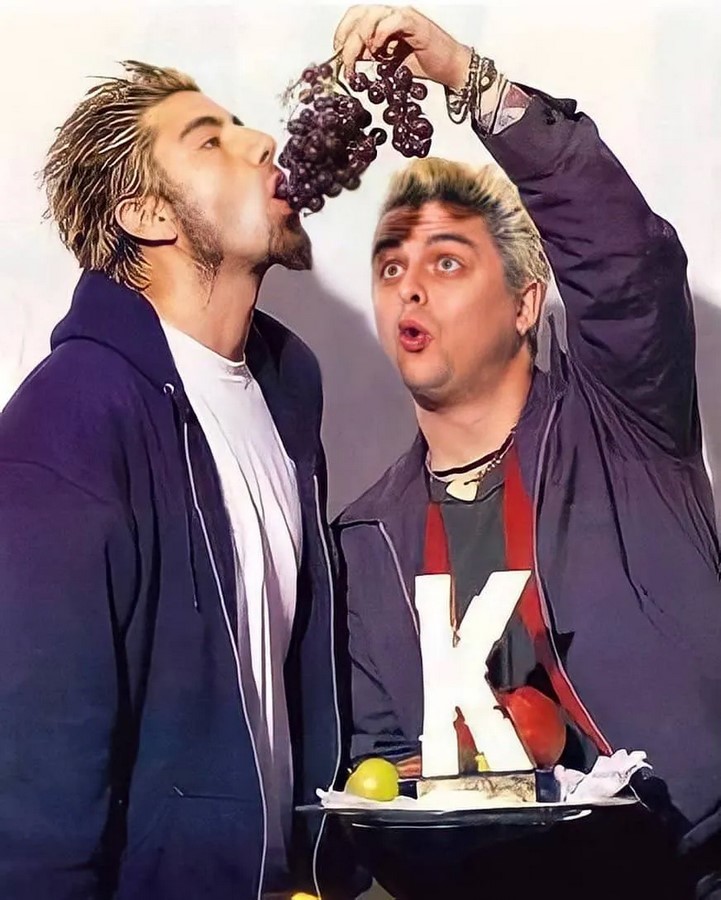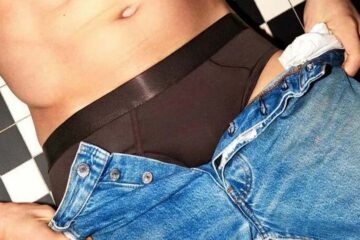Exploring 2000s Men’s Fashion

The 2000s marked a dynamic era in men’s fashion, characterized by experimentation, individuality, and the fusion of diverse styles. This article delves into the defining elements of 2000s men’s fashion, from clothing and accessories to grooming trends.

Key Takeaways
The 2000s witnessed a unique blend of past influences and contemporary trends, including the rise of streetwear, vintage revival, and the impact of celebrity culture on fashion.
A Brief Background
The 2000s reshaped men’s fashion with a blend of late ‘90s styles and new trends driven by internet culture, globalization, and celebrity influence. This era saw a diverse range of styles, from casual to tailored, reflecting a period of experimentation and personal expression.

Style Essentials
Suits
The 2000s saw a revival of men’s suiting, with a shift towards more tailored, fitted silhouettes influenced by pop culture’s return to elegance. Brands like Dolce & Gabbana and Prada led the way in redefining suit aesthetics, emphasizing slimmer cuts and modern pairings with casual trousers.
Shirts
Men’s shirts in the 2000s ranged from grunge-inspired flannels to polished button-downs, featuring bold prints like Hawaiian and paisley. Slim-fit designs gained popularity, reflecting a move towards more form-fitting clothing.
Pants
Pants styles varied widely, from baggy jeans to slimmer fits, with cargo pants and skinny jeans emerging as significant trends. The era also saw the rise of low-rise pants, though this style received mixed reactions.
Sweaters & Knitwear
Sweaters and knitwear leaned towards comfort and versatility, with cardigans and hoodies becoming wardrobe staples. Luxurious fabrics like cashmere and statement knits gained popularity, reflecting the broader trend of personal expression.

Jackets & Outerwear
Outerwear styles ranged from military-inspired pieces to classic leather jackets, with the bomber jacket emerging as a versatile staple. Technical outerwear catered to the growing interest in outdoor lifestyles, blending practicality with style.
Footwear
The 2000s saw a mix of casual and luxury footwear styles, with sneakers rising to prominence in both realms. Classic models received modern updates, while dress shoes like brogues and loafers gained traction in both formal and casual settings.
Men’s Formalwear
Men’s formalwear evolved from relaxed ‘90s styles to more polished and sophisticated aesthetics in the 2000s. The suit embraced slimmer, tailored silhouettes, with designers experimenting with fabrics and colors. Shirt and tie combinations became focal points for individual expression within formal attire.
Men’s Casualwear
The 2000s redefined casualwear with an emphasis on comfort and self-expression. Streetwear gained prominence, with hoodies, sneakers, and graphic tees becoming wardrobe essentials. Jeans remained a cornerstone of casual attire, while layering and sneakers offered versatility and style.

Men’s Accessories
Accessories played a pivotal role in men’s fashion, offering opportunities for self-expression and style distinction. Hats, watches, ties, belts, and glasses diversified in style, reflecting the era’s focus on personalization and individuality.
Grooming Trends
Grooming trends in the 2000s ranged from spiked hair and designer stubble to more natural-looking hairstyles and full beards. Facial hair saw a resurgence, with beards and stubble becoming symbols of masculinity and sophistication.
Big Names in 2000s Men’s Fashion
Influential designers like Tom Ford and brands such as Dolce & Gabbana shaped the 2000s fashion landscape. Celebrities like David Beckham and Kanye West set trends, while streetwear brands like Supreme gained cult followings.
How to Wear 2000s Men’s Fashion Today
Reviving 2000s men’s fashion involves blending nostalgic trends with modern styling, incorporating slim-fit denim, streetwear essentials, and thoughtful accessorizing for a fresh, relevant look.

Final Verdict
The 2000s were a transformative decade for men’s fashion, characterized by experimentation, individuality, and the blending of formal and casual styles. While some trends have faded, others endure, reflecting the decade’s lasting influence on contemporary menswear.



























